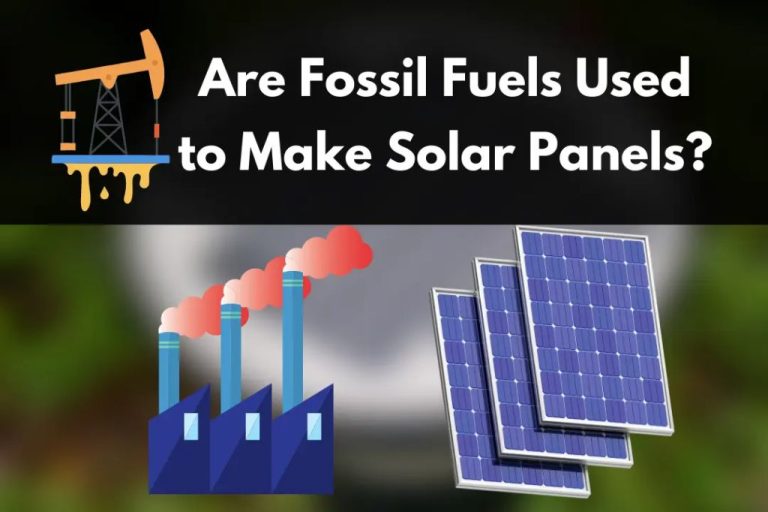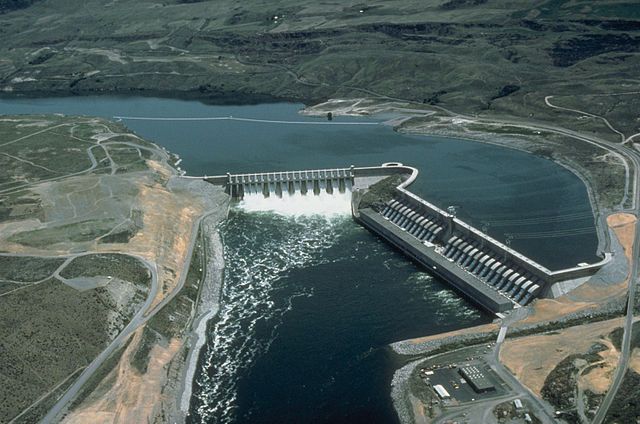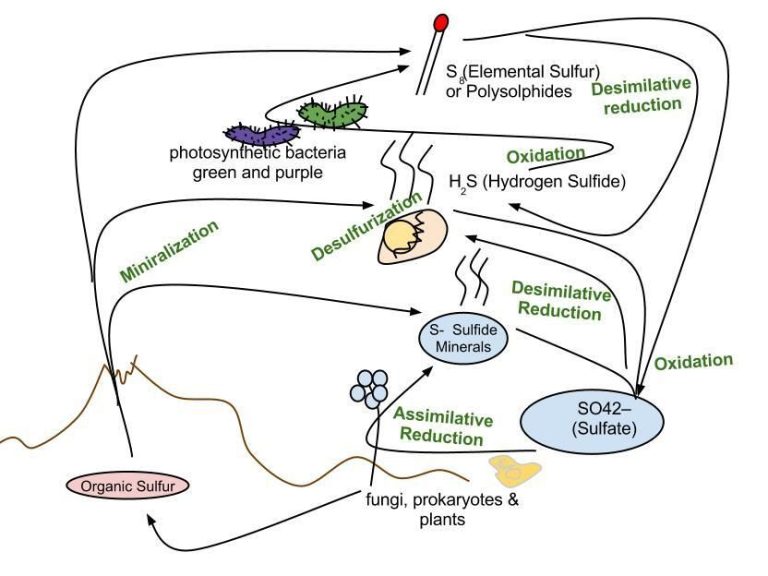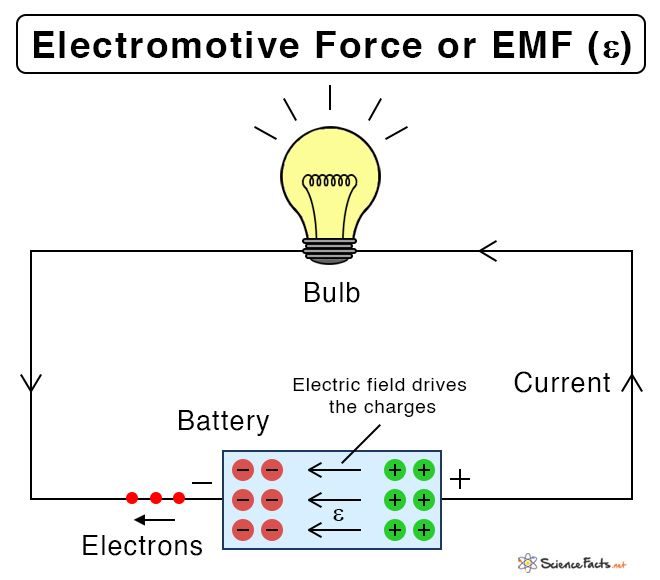Where Do We Get Energy Directly From?
Energy is the ability to do work and make things happen. We rely on energy to power our homes, businesses, transportation, and digital devices. Most of the energy we use comes directly from natural sources like the sun, wind, water, plants, and the earth’s internal heat. These primary energy sources provide renewable and sustainable energy that can be harnessed in various ways.
The main natural energy sources we derive energy directly from include solar, wind, hydro, geothermal, biomass and nuclear energy. Understanding where we get our energy can help guide more efficient and responsible energy use.
The Sun
The sun is by far the largest source of energy that is directly accessible to Earth. The radiation from the sun that reaches Earth is called solar energy. Solar energy can be harnessed and converted into useful forms of energy like heat and electricity using a variety of technologies.
Solar power generation works through the photoelectric effect. Photons from sunlight knock electrons free from atoms, generating a flow of electricity. Solar cells are made up of semiconducting materials that facilitate this effect, converting sunlight directly into electrical current.
There are many applications of solar power:
- Photovoltaic (PV) cells convert sunlight into electricity that can power homes, commercial buildings and the electric grid
- Concentrated solar power (CSP) systems use mirrors to focus sunlight and convert it to heat, which drives turbine generators
- Solar water heating systems use solar thermal collectors to heat water for residential and commercial use
- Passive solar heating and lighting for buildings uses windows, walls, and floors to collect, store, and distribute solar energy as heat in the winter and reject solar heat in the summer
With solar technology improving and costs decreasing, solar energy has huge potential to provide clean, renewable power around the world.
Wind
Wind energy comes from air flow and is harnessed by wind turbines and wind farms around the world. Wind power is one of the fastest growing renewable energy sources on the planet.
Wind turbines use blades to collect the wind’s kinetic energy and convert it into mechanical power. That power is then converted into electricity which feeds into the grid. Wind farms consist of many wind turbines in the same location to produce energy on a utility scale.
Over the past decade, wind power capacity has rapidly expanded. This growth is driven by larger turbines, technological advances, and favorable policies encouraging renewable energy. According to the Global Wind Energy Council, over 60 countries now use wind power on a commercial basis. Wind energy helps reduce carbon emissions and provides a clean, renewable source of electricity.
Water
Water provides a renewable and clean source of energy that can be harnessed in several ways. The most common approach is through hydropower from dams and turbines. The force of flowing water turns turbines to generate electricity that is then fed into the electrical grid. Large scale hydropower plants can produce gigawatts of power and supply entire regions. One advantage is the ability to store energy by pumping water uphill into reservoirs when demand is low and releasing it when electricity is needed.
Another way to harness the power of water is through tidal power. Tidal power stations capture the energy from the natural rise and fall of ocean tides. As tides push water through turbines, they generate electricity similar to hydropower dams. Tidal power is still in early stages of development but shows promise as a stable and predictable energy source in coastal areas. While not yet widely adopted, technologies like tidal lagoons and underwater turbines may grow as more efficient designs are engineered.
Geothermal
One lesser known but important direct source of energy is geothermal power. Geothermal energy utilizes the natural heat generated and stored inside the Earth. There are three main ways geothermal energy can be captured and used:
Geothermal power plants are built on top of underground reservoirs of hot water. The hot water or steam from these reservoirs can be tapped and brought to the surface to turn turbines and generate electricity. Geothermal power plants actively produce electricity from the Earth’s heat.
Geothermal heat pumps take advantage of the constant temperatures underground to provide heating and cooling for buildings and homes. These heat pumps transfer heat into or out of the ground to condition spaces.
Direct uses of geothermal energy include heating buildings, growing plants in greenhouses, drying crops, heating water at fish farms, and several industrial processes. Hot springs are also used for bathing, relaxation and heating.
Geothermal energy is considered renewable since heat is continuously produced inside the Earth. While geothermal sites can become depleted over time if overused, the Earth’s geothermal energy is effectively limitless and will continue radiating heat for billions of years.
Biomass
One of the places we get energy directly from is biomass. Biomass refers to organic matter that comes from plants and animals that can be used as a fuel source. Some of the most common sources of biomass include wood, crops, and waste.
Wood has historically been used by humans to create fires for heating and cooking. It continues to be a major source of biomass today. Trees, bushes, branches, and wood chips can all be burned to release energy that can then be captured and used.
Energy crops are plants that are specifically grown to be used for energy production. These include crops like corn, soybeans, and switchgrass. As plants grow, they absorb energy from the sun through photosynthesis. That energy gets stored in the plant matter and can be released when the crops are burned.
Organic waste is another source of biomass. Waste materials like crop residues, food scraps, livestock manure, and landfill gas can all be used as fuel. Different technologies can harness this waste and convert it into useful energy.
The biomass is usually burnt to produce heat. The heat can then be used directly for heating or converted into electricity through turbines and generators. Biomass power plants provide a renewable, low-carbon way to meet our energy needs while also making use of waste materials.
Nuclear
Nuclear energy comes from the splitting (fission) or merging (fusion) of atomic nuclei. Uranium and thorium are the most common nuclear fuels used to produce electricity through nuclear fission.
In nuclear fission, the nucleus of a heavy atom like uranium or plutonium is split into two smaller nuclei, releasing a large amount of energy in the process. This energy is used to heat water into steam, which spins a turbine to generate electricity. Nuclear fission reactions are controlled inside nuclear reactors like those found at nuclear power plants.
Nuclear fusion involves smashing together light atoms like hydrogen to form heavier atoms like helium. This process releases even more energy than fission. Fusion is the reaction that powers the sun and other stars, but it is very difficult to control in power plants on Earth due to the extreme temperatures and pressures required.
Nuclear power plants use fission to produce electricity without emitting greenhouse gases or air pollution. However, there are risks associated with nuclear power including radioactive waste storage, nuclear proliferation, and meltdowns like the one that occurred at Fukushima in Japan.
Fossil Fuels
Fossil fuels like coal, oil and natural gas provide a major share of the world’s energy. These fuels are mined from the ground since they were formed from plants and animals that lived millions of years ago. Fossil fuels are non-renewable energy sources since they cannot be replenished in a short period of time.
Coal is a combustible black or brownish-black sedimentary rock that is composed mostly of carbon and hydrocarbons. It is extracted through mining and is one of the world’s most important sources of energy for electricity generation.
Crude oil, also known as petroleum, is a fossil fuel found trapped inside rock formations underground. It is extracted and refined into various petroleum products like gasoline, diesel, heating oils, etc. Crude oil is processed in oil refineries to produce fuel oils.
Natural gas is a naturally occurring hydrocarbon gas mixture consisting primarily of methane. It is combustible and is used as a fuel source. Natural gas is found in deep underground rock formations or associated with other hydrocarbon reservoirs.
Though fossil fuels have powered economic growth and development, they have also led to high carbon emissions and environmental issues. Burning of fossil fuels releases pollutants in the air leading to smog and acid rain. Extraction techniques can also damage local ecosystems. Many countries are thus working to move towards renewable sources of energy that are cleaner and more sustainable.
Other Sources
In addition to the main renewable energy sources, there are some other interesting ways to generate power directly:
Piezoelectricity
Piezoelectricity utilizes the electric charge accumulated in certain solid materials in response to applied mechanical stress. The most common piezoelectric material is quartz. Applying pressure or deformation to a piezoelectric material causes displacement of electric charge, generating an electric potential. Piezoelectricity allows mechanical energy to be converted directly into electrical energy.
Thermoelectricity
Thermoelectric materials can generate electricity from a temperature gradient. At the atomic scale, heat flow drives charge carriers in the material to diffuse from the hot side to the cold side, producing an electrical current. Thermoelectric devices have no moving parts, operate quietly, and are highly reliable. However, their efficiency is generally low.
Hydrogen Fuel Cells
Fuel cells generate electricity through an electrochemical reaction by combining hydrogen and oxygen. The only byproducts are electricity, water and heat. Fuel cells provide a clean, efficient way of harnessing the energy from hydrogen. Challenges include producing, distributing and storing hydrogen in a cost-effective manner.
Conclusion
In summary, there are many ways we get energy directly from natural sources on Earth. The sun provides solar energy through radiation that can be captured with solar panels. Wind turbines convert the kinetic energy of wind into mechanical power. Hydropower harnesses the energy of flowing water to generate electricity. Geothermal energy taps into the internal heat of the Earth’s crust to produce steam for power generation. Biomass utilizes organic plant and animal matter as fuel sources. Nuclear power plants split uranium atoms in a controlled chain reaction to release enormous amounts of energy. Fossil fuels like coal, oil and natural gas contain high energy density from decomposed organic materials over millions of years. There are also some more experimental energy sources like hydrogen fuel cells and tidal power that show promise for the future.
As we look to transition to more sustainable energy sources, solar, wind, hydro and geothermal seem to have the most potential from renewable sources. Improving energy efficiency and reducing overall consumption will also be key. With smart policies and technological advances, we can work towards a cleaner energy future.






